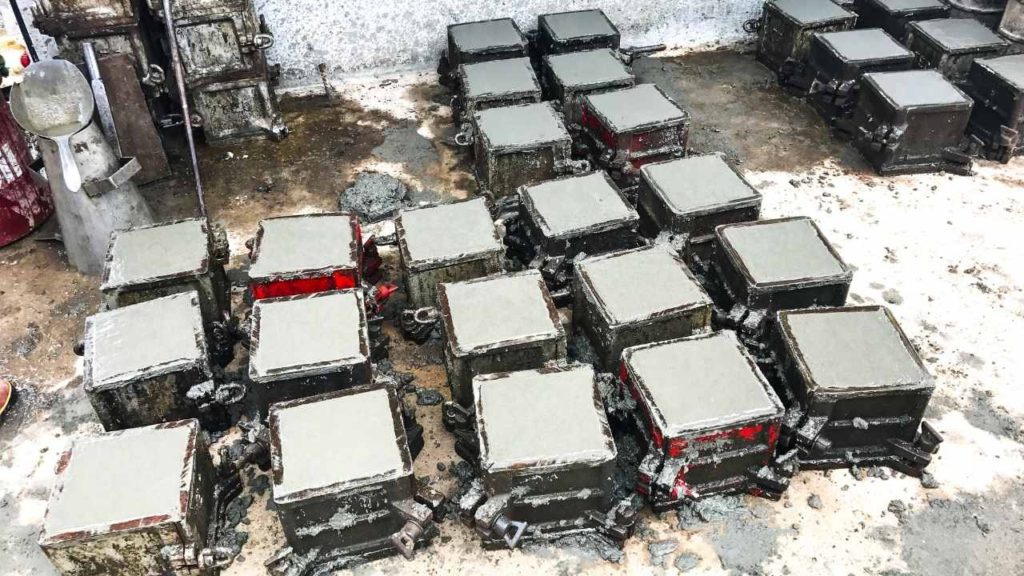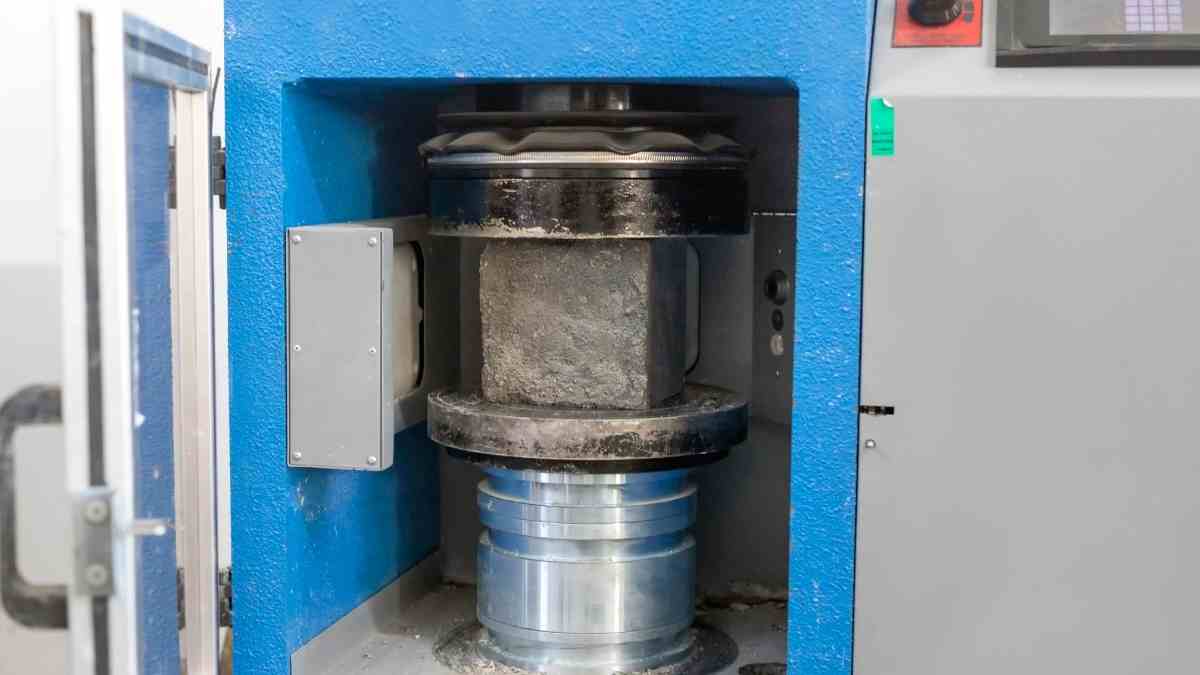Destructive tests (DT) and Non-destructive tests (DT) are the tests done on hardened concrete. Concrete is the oldest and most important construction material in the world. Testing of the concrete plays an important role to know the strength, durability and condition of the structure. This article is about the types of Destructive and non-destructive tests done on concrete.
Types of concrete tests
Tests on hardened concrete are classified into two types.
- Non destructive tests (NDT)
- Destructive tests (DT)
Destructive tests and Non-Destructive tests are done to determine the important properties of concrete like compressive strength, flexural strength, tensile strength etc.
Concrete Destructive tests
The quality of concrete is important for construction. Hardened concrete attains strength as it matures. The destructive test of concrete helps to under the behaviour and quality by breaking the test specimen at certain loads. The primary step of the destructive test is to cast test specimens from freshly made concrete.
The destructive testing method is suitable and economically beneficial for the concrete specimens that are produced at a large scale. The main intention of destructive tests is to investigate the service life and detect the weakness of design that might not show under normal working conditions. It includes methods where the concrete specimen is broken so as to determine mechanical properties i.e. hardness and strength. This type of testing is very easy to carry out, easier to interpret, and yields more information.
Also read : Concrete mixing – Types and objectives
Significance of Destructive tests
Concrete is a basic construction material, So it should be capable to withstand heavy loads. The concrete test results mainly depend on the cement strength, water-cement ratio, concrete quality etc. The main objectives of the hardened concrete test are
- Quality control
- Acceptance of concrete
- Evaluation of curing
- To provide information on the use of sand and aggregate.
- For evaluating the uniformity of concrete
- Estimates the concrete quality with standard requirements.
- To determine the uniform stress distribution.
- Investigating the behaviour of concrete.
- For determining the in-place concrete strength.
- Age of concrete, etc.

Types of Destructive tests
The main intention of destructive tests is to investigate the service life and detect the weakness of design that might not show under normal working conditions.These tests determine the compressive, flexural and tensile strength of concrete. There are different types of tests available to examine the hardened concrete. They are
- Compressive strength test
- Splitting tensile strength test
- Flexural strength test
Compressive strength test of concrete
Compressive strength of concrete is the ability of the concrete to withstand loads without cracking or deformation. The concrete specimen to conduct this test should be either cylindrical or cubic. The apparatus for performing this test is a Compression testing machine. The relevant IS code for this test is IS 516-1959. The load at which the specimen fails measures its strength.
Compressive strength of the concrete = Load at which the concrete breaks / Cross-sectional area of the specimen
The unit of compressive strength of concrete is N/mm^2. The test should be done at 7, 14 & 28 days.
Also Read : Compressive strength of concrete -significance and test procedure
Splitting tensile strength test
The splitting tensile strength test is one of the tests on hardened concrete. Concrete is a durable construction material. Under tension, concrete is brittle in nature. Therefore it causes cracks and deterioration. The splitting tensile strength test measures the concrete tensile strength. For this test, we use cylindrical specimens with 150 mm diameter and 300 mm height.
The tensile strength of concrete is
Splitting tensile strength of concrete, T= 2P/ Ω LD
The unit of tensile strength is N/mm. The IS 5816: 1999, ASTM C496 gives the standard aspects for this test.
Also Read : Splitting tensile strength test on concrete- Significance and test procedure
Flexural strength test
The flexural strength test and splitting tensile strength test are almost the same. Because both the tests measure the tensile strength of concrete. The flexural strength test of concrete measures the tensile strength of concrete through an indirect method. The relevant codes for this test are ASTM C293 & ASTM C78. This test measures the ability of concrete to resist failure in bending. The modulus of rupture is the measure of tensile strength. Its unit is MPa or psi.
Modulus of rupture, MR = 3PL/ 2bd^2
Where,
P is the Ultimate applied load, L is the span length, b & d is the average width and depth of specimen at fracture.
Thus we have discussed all the test on hardened concrete. The hardened concrete tests mainly determine the strength of concrete. Because concrete is the basic material used to build the structural members. Therefore it is necessary to study concrete properties by conducting certain tests.

